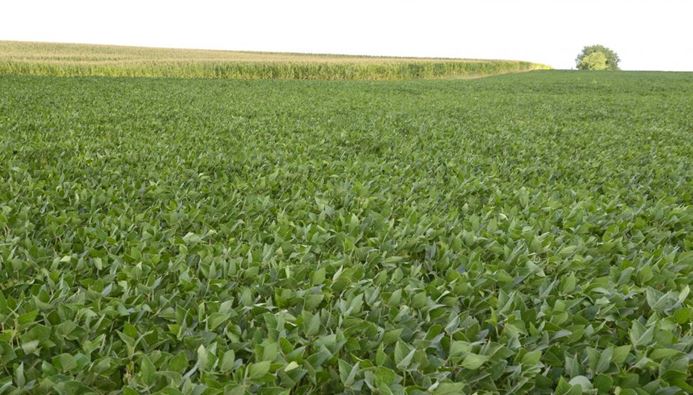Jan. 30 (UPI) — U.S. farm bankruptcies rose nearly 20 percent last year amid the trade war with China, trailing only 2010, the year following the Great Recession when such bankruptcies rose 33 percent.
Recently released U.S. Courts data show there were 595 Chapter 12 family farm bankruptcies in 2019, up nearly 100 filings from 2018, and the highest number of filings since 2011’s 637 filings for Chapter 12.
Economic analysts for the American Farm Bureau Federation said considering there are slightly more than 2 million U.S. farms, the bankruptcy rate in 2019 is approximately 2.95 bankruptcies per 10,000 farms, slightly below a rate of 2.99 filings per 10,000 farms in 2011.
President Donald Trump said at the AFBF Annual Convention and Trade Show in Austin, Texas, earlier this month, he authorized $28 billion in aid to farmers, which was stretched out over the past two years, but the trade war with China and uncertainty about the trade market have still hurt farmers.
Farmers received most of the $28 billion in aid directly and about $4 billion was used for surplus food for food banks and groups that promote agricultural aid.
The aid payments boosted farm income projected to be up 10 percent in 2019 that otherwise would have dropped without subsidies, but many farmers said they would have rather had strong trade than aid payments.
Negotiations with Canada and Mexico over the North American Free Trade Agreement led to uncertainty and China retaliated against Trump’s tariffs with duties on U.S. farm goods.
China was previously the biggest export market for U.S. soybean growers, but by November 2018 China nearly stopped buying soybeans altogether. Prices dropped and most crops were in storage, though Beijing resumed buying from the United States and purchases nearly doubled by late last year amid ‘phase one’ trade deal negotiations.
In addition to the trade war hurting soybean exports, last year’s wet weather made the planting season tough, and farmers have also faced years of low prices for commodities, including dairy and corn.
Wisconsin, known as America’s Dairyland, had the most bankruptcy filings last year. Since not every closing farm files for bankruptcy, the number of farms losing their businesses could be even higher.
“The trade wars were salt in an existing wound,” said Wisconsin Farmers Union Government Relations Director Kara O’Connor, citing overproduction, farm policy and low prices.
She added that new trade deals wouldn’t save farmers.
Still, the Purdue/CME Group Ag Economy Barometer survey in December showed many farmers were optimistic about the future even as their perception of their current economic situation dropped.
Trump also recently signed the U.S.-Mexico-Canada Trade Agreement, which will make sure most agricultural products remain without tariffs within the region.






